CARING WITH FAMILY
|
| The level of warmth and fondness a breed is expected to display towards its family members or familiar individuals. Certain breeds may exhibit detachment towards everyone except their owner whereas other breeds treat all acquaintances as if they were their closest companions. |
LOVE WITH CHILDREN
Unwise
Good With Children
|
| The extent to which a breed can tolerate and exhibit patience towards the behavior of children as well as its overall suitability for families. It is important to always supervise dogs around young children or children of any age who have limited experience with dogs. |
BEHAVIOR WITH DOGS
Unwise
Good With Other Dogs
|
| The inherent friendliness of a breed towards other dogs. While it is necessary to supervise interactions and introductions between dogs some breeds tend to have a natural inclination to get along with other dogs both in home environments and in public settings. |
SHEDDING LEVELS & MANAGEMENT
No Shedding
Hair Everywhere
|
| The breed is likely to shed a substantial quantity of fur and hair. Breeds with high shedding will need to be brushed more often, have an increased likelihood of causing specific allergies and will necessitate more frequent vacuuming and lint-rolling. |
COAT GROOMING STANDARDS
|
| Assess the grooming requirements of the breed such as bathing brushing trimming and other coat maintenance tasks. Factor in your time availability, patience and budget to gauge the grooming effort needed. Remember that regular nail trimming is obligatory for all breeds. |
DROOLING INTENSITY
Less Likely to Drool
Always Have a Towel
|
| Assess the likelihood of the breed to drool excessively. If you value cleanliness, dogs that tend to leave strands of slobber on your arm or leave prominent wet marks on your clothes may not be the best fit for your requirements |
COAT STYLES GUIDE |
| Rough, Double |
| COAT SPECTRUM |
| Medium |
FRIENDLINESS
Reserved
Everyone Is My Best Friend
|
| The propensity of a breed to welcome strangers can vary. Certain breeds tend to be reserved or cautious when encountering unfamiliar individuals irrespective of the setting. Regardless of the location these breeds may exhibit wariness or a desire to maintain distance from strangers. On the other hand, there are breeds that display a friendly and enthusiastic demeanor towards new people regardless of the circumstances. These breeds tend to be happy and eager to meet and interact with humans whenever the opportunity arises. |
LIVELINESS
Only When You Want To Play
Non-Stop
|
| The enthusiasm for play in a breed can vary even past the puppyhood stage. While some breeds maintain a strong inclination for play including activities like tug-of-war or fetch throughout adulthood others tend to be more laid-back and prefer relaxation. There are breeds that retain a playful nature and continue to enjoy interactive games well into their adult years. These breeds may have high energy levels and require regular exercise and mental stimulation to satisfy their playfulness. |
VIGILANCE INTENSITY
What's Mine Is Yours
Vigilant
|
| Some breeds naturally possess a heightened ability to detect and notify their owners about the presence of strangers. These breeds tend to be more alert and responsive to potential threats regardless of whether it's the arrival of the mailman or a squirrel outside a window. Additionally, these breeds are more inclined to become comfortable with unfamiliar individuals who enter their home and are welcomed by their family. |
ADAPTATION CAPACITY
Lives For Routine
Highly Adaptable
|
| The ease with which a breed copes with change can be observed by assessing its ability to adapt to diverse living conditions, noise levels, weather patterns, daily routines and other modifications experienced in day-to-day life. |
OBEDIENCE LEVEL
Self-Willed
Eager to Please
|
| The training process and the dog's receptiveness to learning new things differ across breeds. While some breeds are highly motivated to please their owners, others show a preference for independence, opting to behave as they wish wherever they please, disregarding external expectations. |
STAMINA LEVEL
|
| The exercise and mental stimulation requirements vary for each breed. High-energy breeds exhibit great enthusiasm and are always eager for their next exciting escapade. They enthusiastically engage in vigorous activities such as running, jumping and playing for extended periods throughout the day. Conversely low-energy breeds can be likened to contented couch potatoes as they find joy in lounging and peacefully dozing away their time. |
VOCALIZATION
|
| Frequent |
LEARNING CURIOSITY LEVEL
Happy to Lounge
Needs a Job or Activity
|
| To ensure the happiness and overall well-being of a breed, it is essential to provide an adequate amount of mental stimulation. Purpose-bred dogs often possess qualities that require regular decision-making, problem-solving concentration and other mentally engaging activities. Without sufficient mental exercise they may resort to creating their own projects to keep their minds occupied. Unfortunately, these self-created projects might not align with the preferences of their owners. Hence, it is crucial to provide them with appropriate mental stimulation to prevent unwanted behaviors and promote a healthy state of mind. |
| COLORS |
|
Description
|
Registration Code
|
|
Blue & Tan
|
044
|
|
Red
|
140
|
|
Sandy
|
168
|
|
| PATTERNS | . |
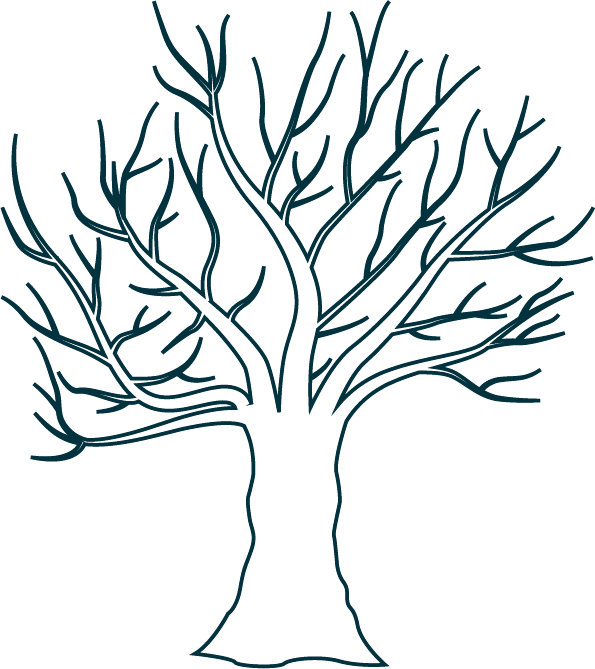


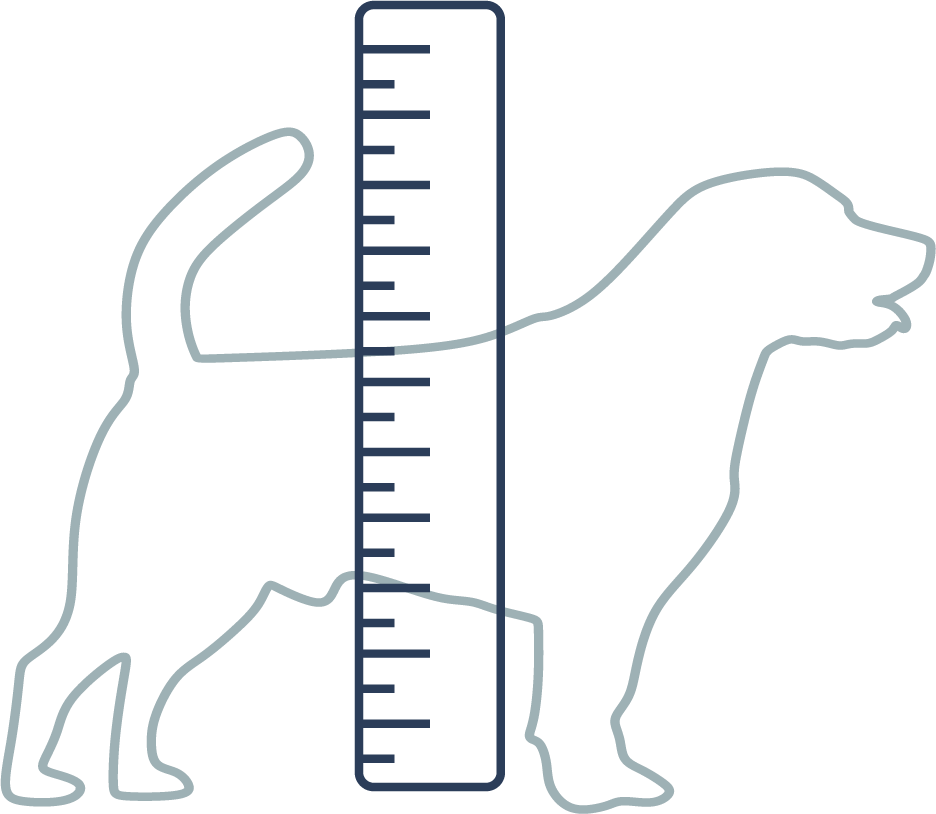


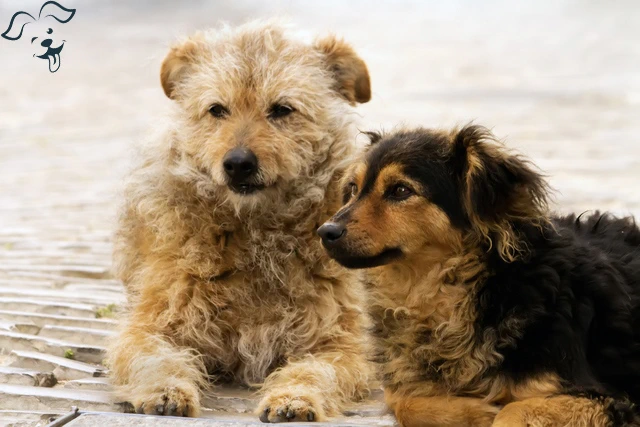
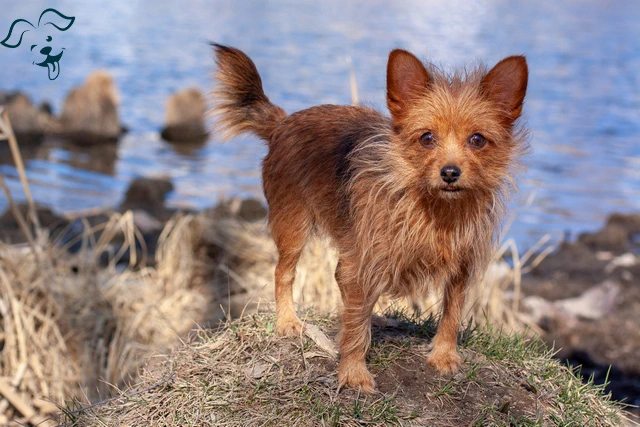
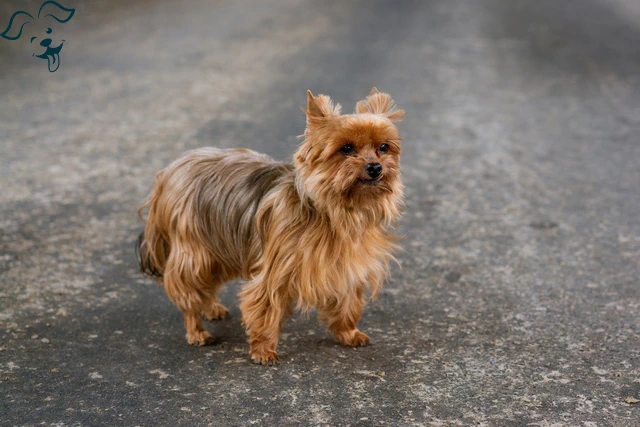
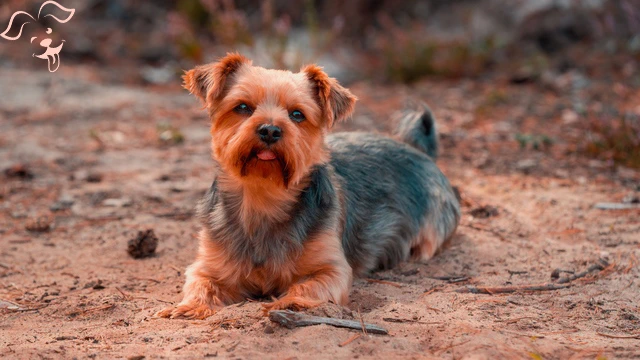






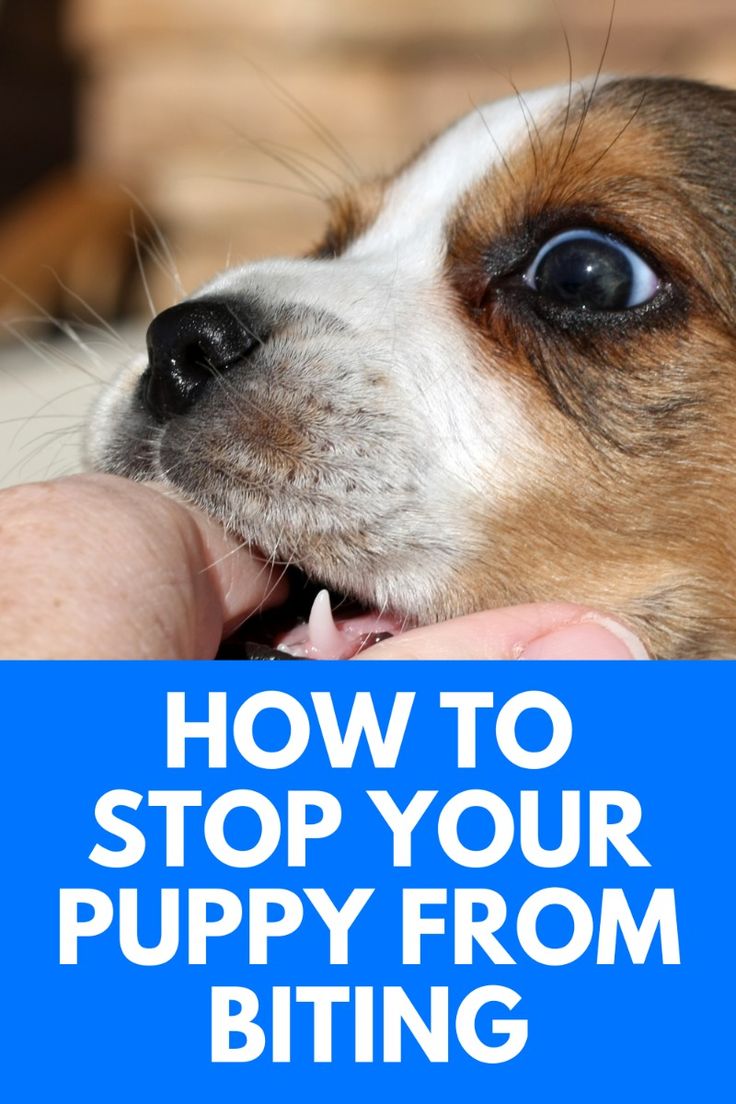
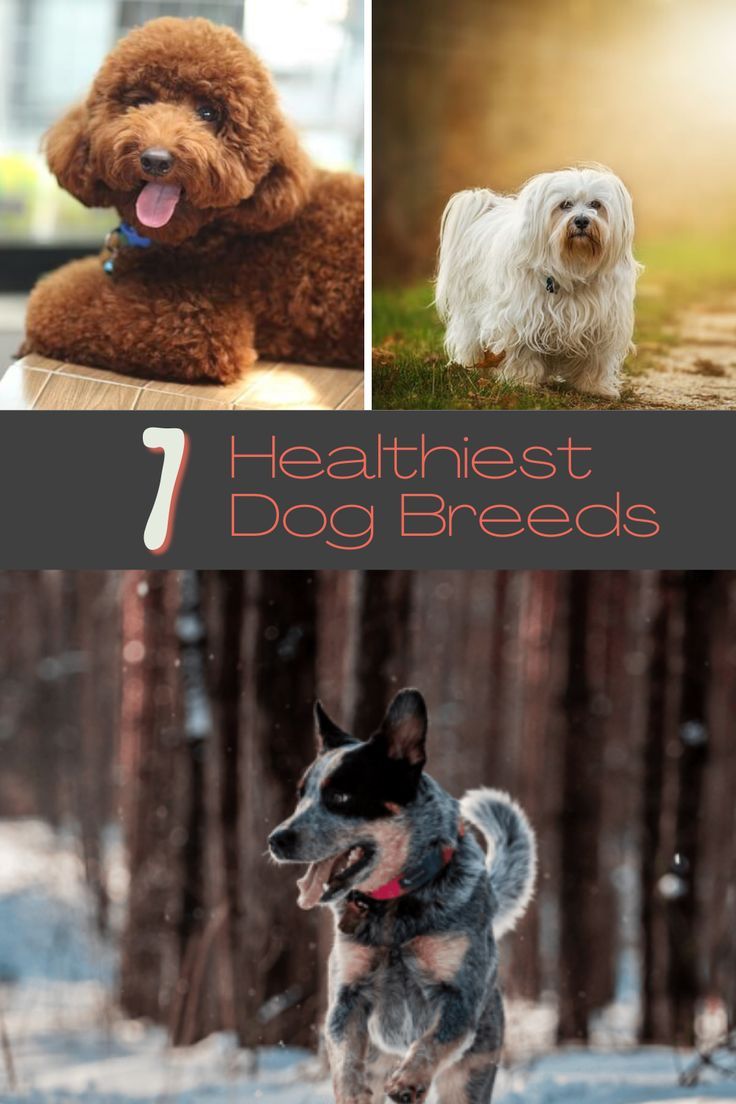

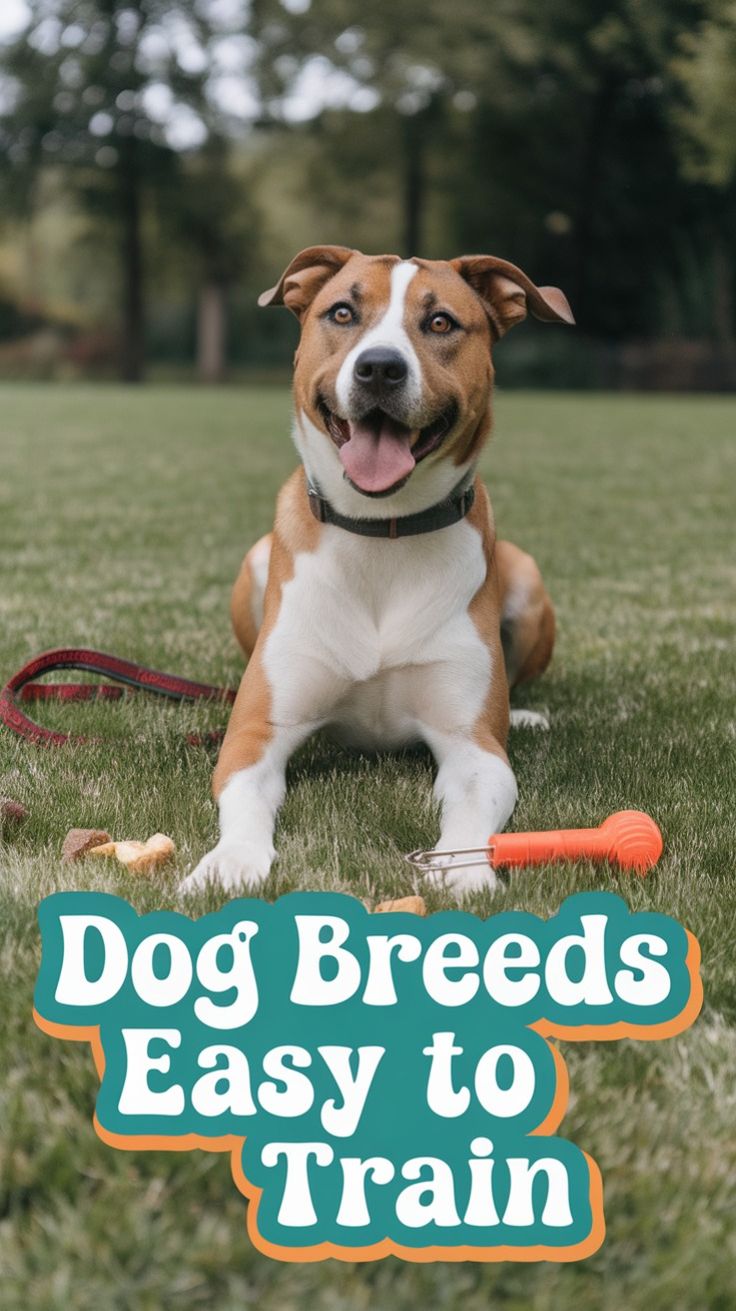
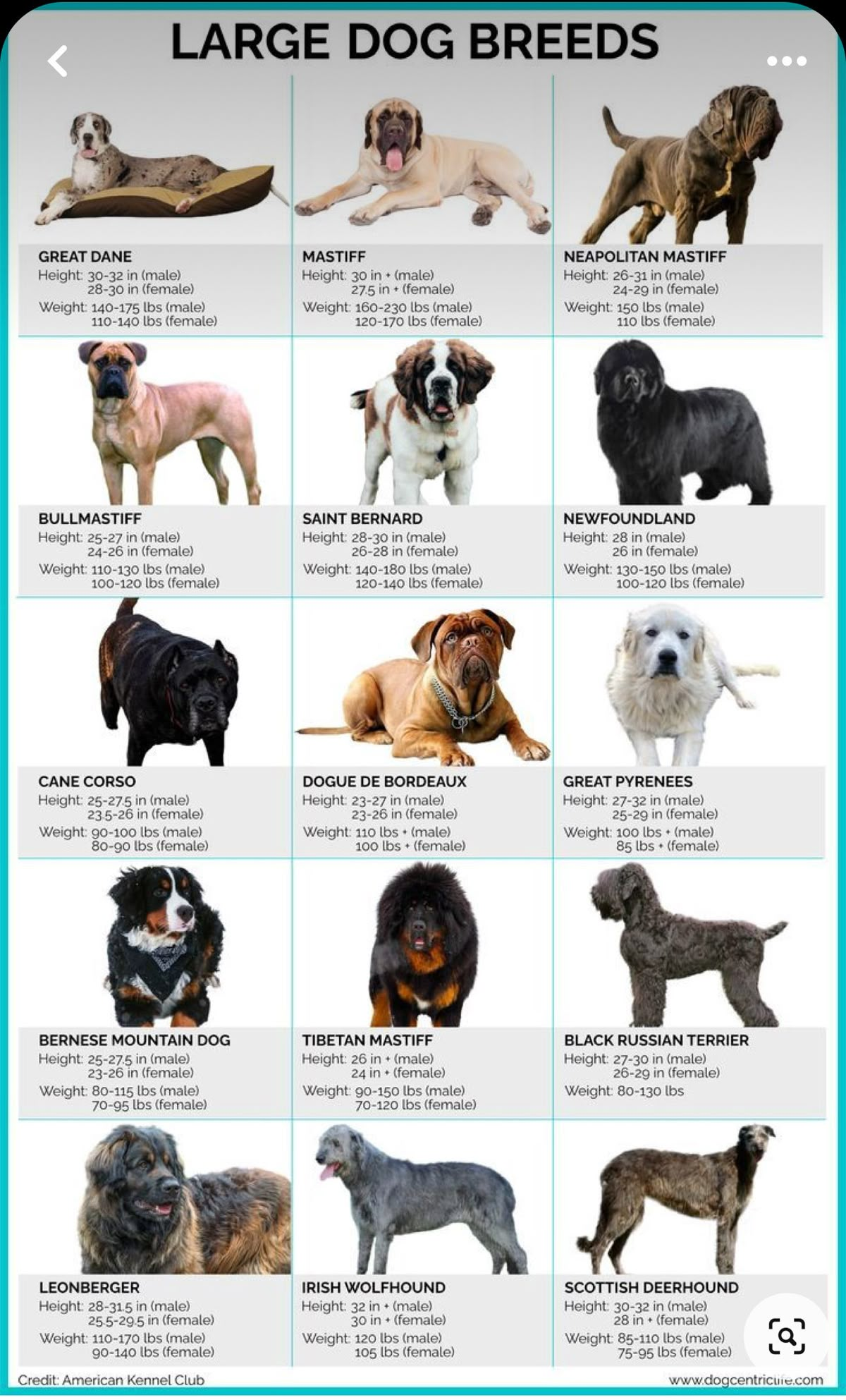

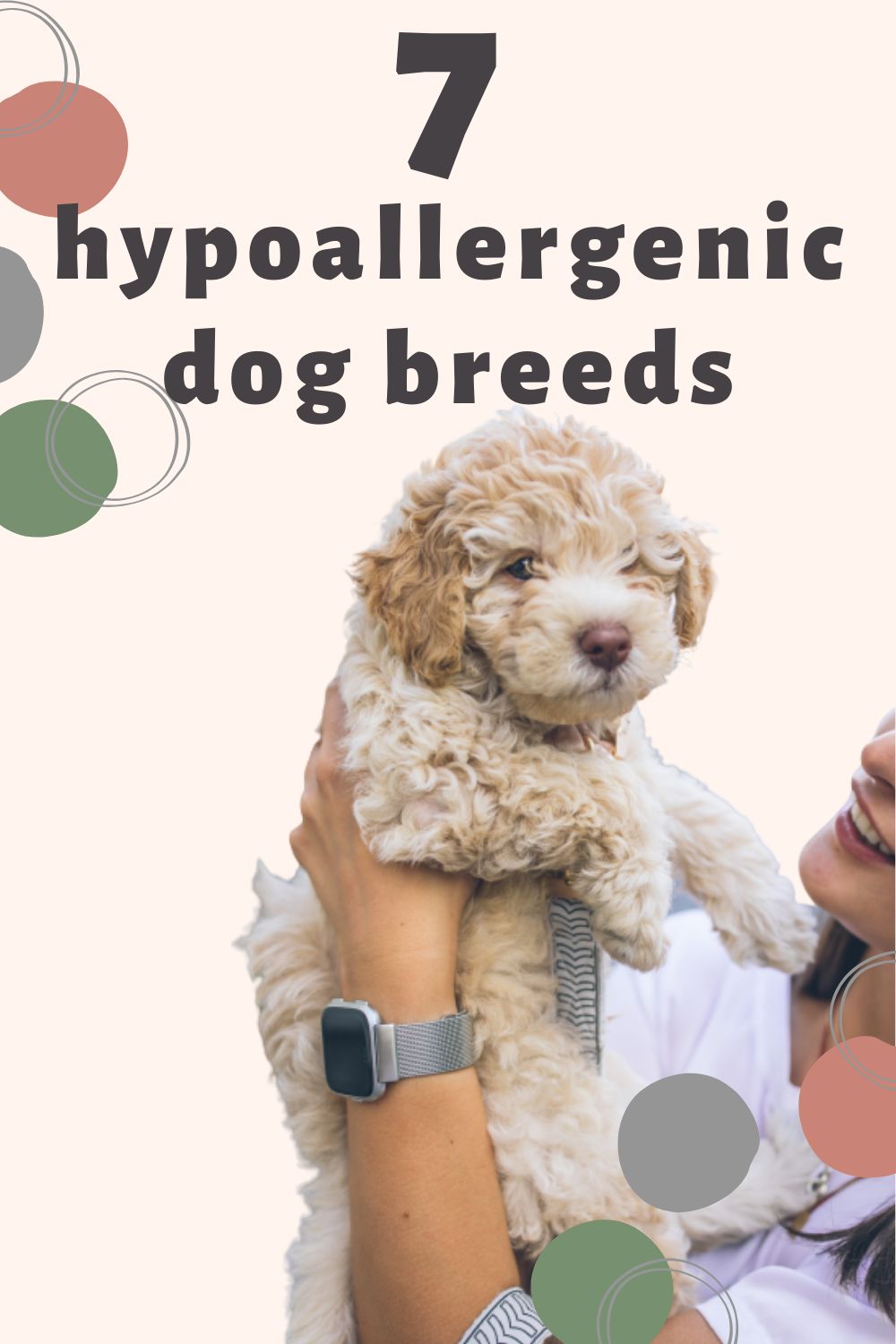
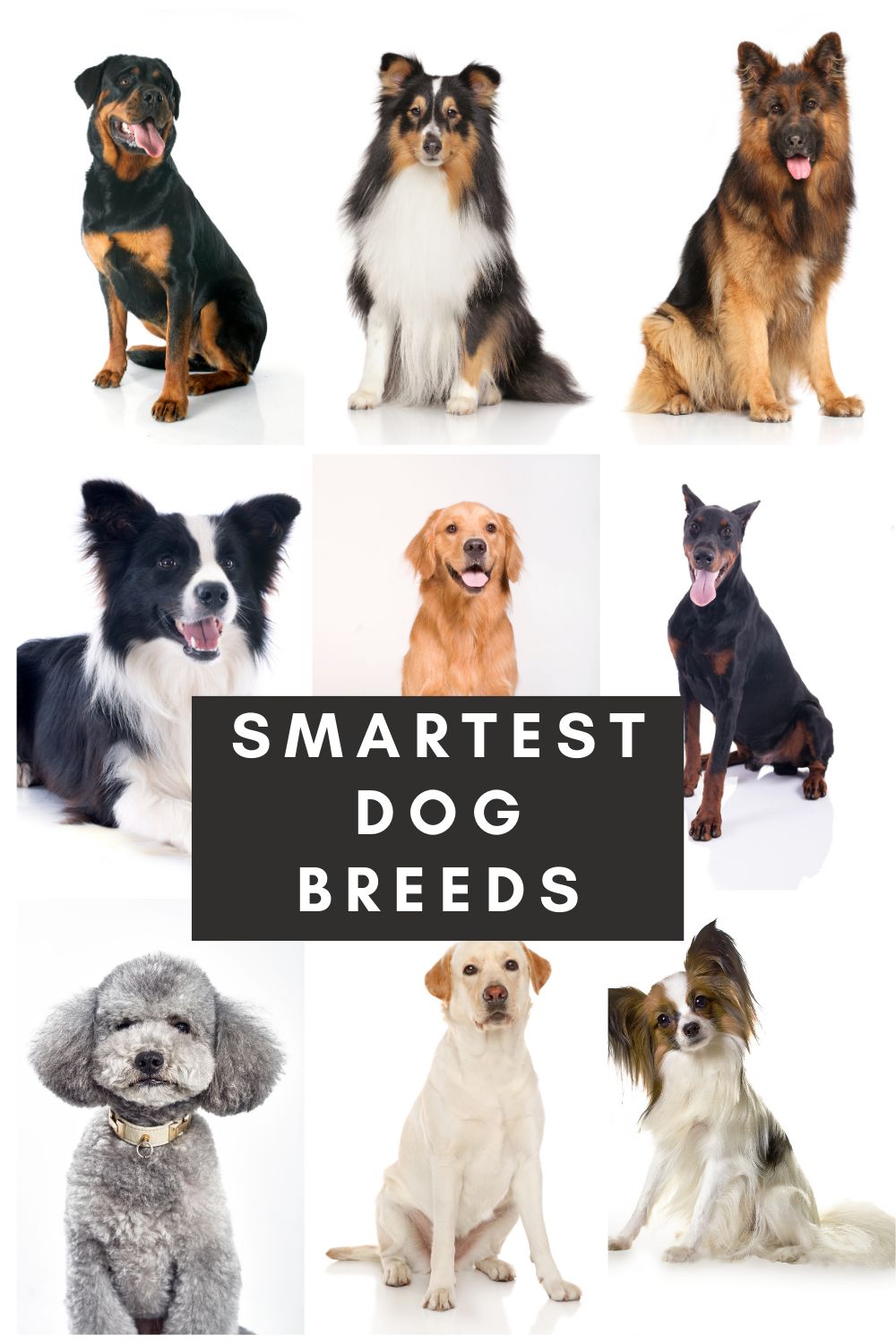
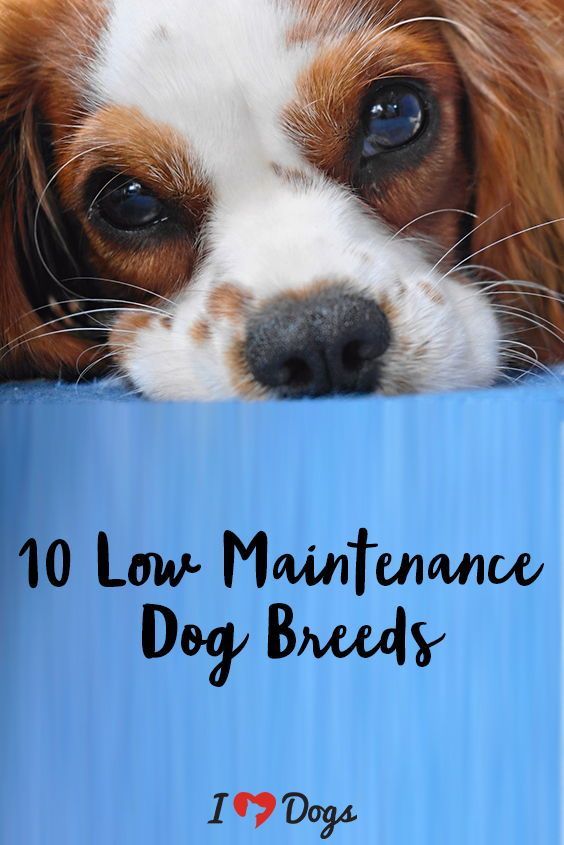
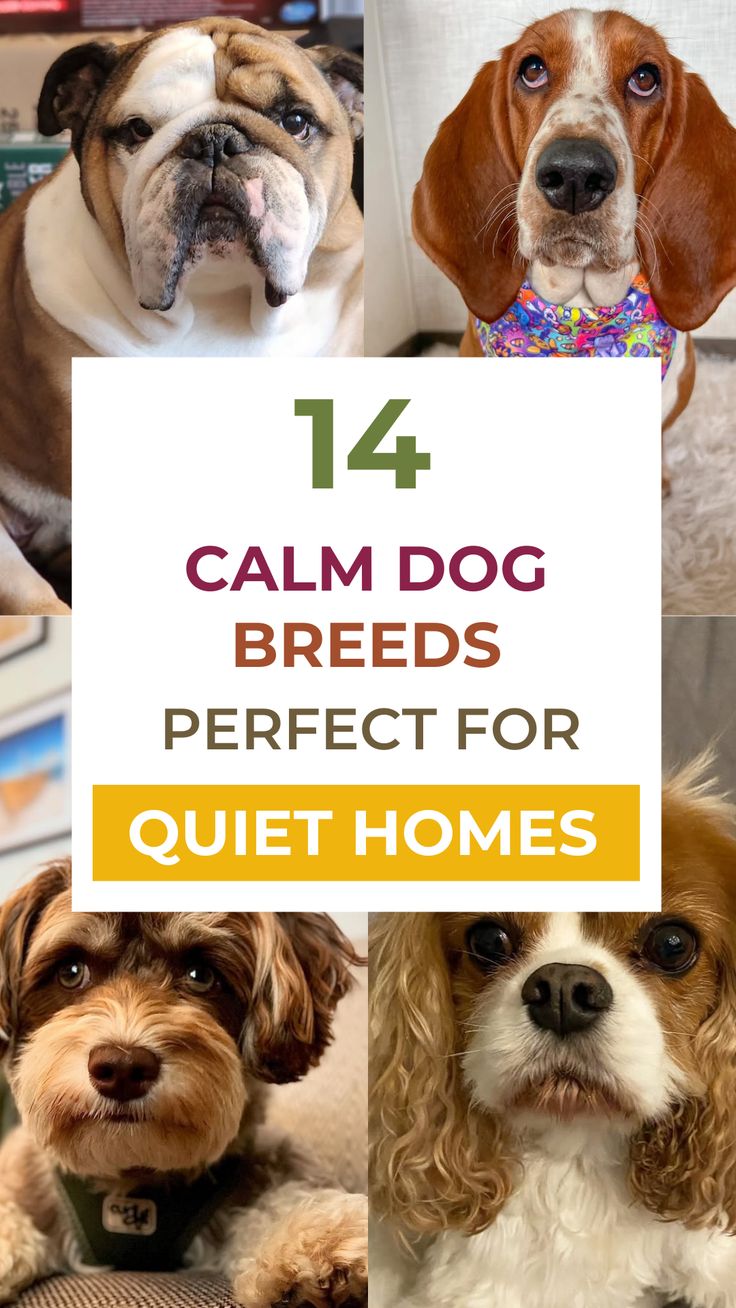

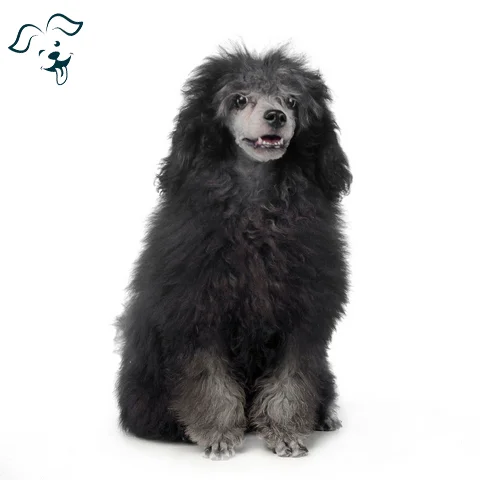

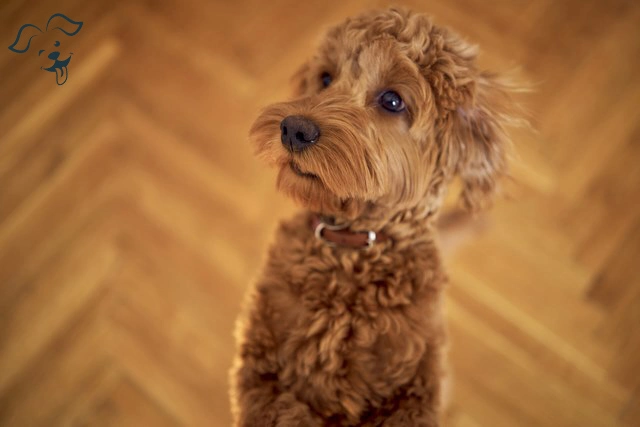
FRIENDLINESS
LIVELINESS
VIGILANCE INTENSITY
ADAPTATION CAPACITY